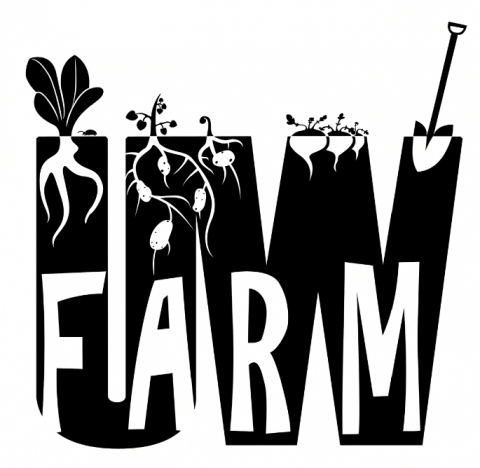The Campus Sustainability Fund should consider the high energy consumption from horticulture lights used in future and current UW greenhouses. While speaking with UW farm manager, Sarah Geurkink, it was made apparent that the addition of an indoor lighting system would provide a significant benefit to plants grown in the University of Washington’s new greenhouse. The Campus Sustainability Fund has already funded the new greenhouse, which will soon be under construction. Traditionally, the UW uses high-pressure sodium (HPS) lighting systems for new plant starts, and mature plants in the large UW Botany Greenhouse, because in the Pacific Northwest, supplementary lighting is necessary to grow plants during the winter months. A rough count shows the use of over 100 of these highly consumptive HPS fixtures in the UW Botany greenhouse. These HPS lights waste energy by producing excessive amounts of heat and light that is outside of the photosynthetically active radiation spectrum (the part of the light spectrum that grows plants).
Over the summer, I learned about and worked with a company called IUNU, a Seattle-based company largely composed of UW graduates. IUNU designs and sells energy efficient plasma lighting and control systems for horticulture applications. Compared to a 1000 watt HPS lighting fixture, IUNU’s plasma lights consume 50% less electricity and produce 70% less heat, all while producing a lighting spectrum that is better for plants and more similar to the sun. IUNU’s lights have received a lot of attention, installing fixtures in companies such as Microsoft, which are saving money by growing produce in-house for their employees. The addition of IUNU’s energy efficient plasma lights would not only result in a significant reduction in energy consumption, but it would also provide higher quality produce at a lower cost.
My proposal can be summarized in two phases.
In phase one, I will conduct a ten to twelve week feasibility study comparing the two lighting systems (HPS and plasma). A side-by-side comparison will compile data on energy usage and plant output. This feasibility study provides the due diligence necessary to demonstrate the efficacy of plasma lighting fixtures, both in terms of energy efficiency and crop yield. This information will be invaluable for the UW Farm’s outreach efforts. Devising an energy efficient alternative to traditional lighting technology is critical to advancing the benefits associated with indoor horticulture including, decreased water consumption, protection against diseases, and avoidance of high transportation costs. Additionally, plasma lighting technology is a new technology in a rapidly growing industry. An exercise experimenting with this technology may provide more research and revenue opportunities for the UW.
The second phase of this project would implement the lighting systems, installing them into the newly constructed UW Farm greenhouse. This would entail UW Farm and myself working in collaboration to install the lighting systems and ensuring their proper operation. Fortunately, these plasma fixtures are very simple to use and require less maintenance than the HPS lights being used currently.
Throughout the project, I intend to work closely with both Sarah Geurkink and her staff who are all leaders in UW sustainability. The feasibility study does have some start up costs. Approximately $300 will pay for isolation tents, which remove variables in plant growth, and $2,000 will cover the cost of a IUNU Dual Plasma lighting system. After hearing about my proposal, IUNU provided a 20% research discount, taking the normal cost of the system from $2,500 down to $2,000, to incentivize its use in educational institutions.
Additionally, this project would require time intensive monitoring in order to gather data and maintain the plants in the feasibility study. The feasibility study requires an average weekly pay of $14 per hour for 10 hours a week to complete the research. This equates to a maximum of $1,700 in labor costs. There would be an additional cost of $6,000 for an additional three IUNU Dual Plasma systems, which would be installed into the new UW Farm greenhouse once it has been finished and the feasibility study to gather information to give to the UW Farm has been compiled.
I believe that this project advances the objectives of the University, as our University is a leader in the energy efficient campus sustainability movement. Also, I think it is important to support IUNU, because our university ought to lend support to the entrepreneurs that UW has created. Additionally, this project is the first step to retrofitting the UW Botany greenhouse, which has a significant contribution to the 35% of UW’s energy consumption attributable to lighting. This opportunity provides a clear pathway to address one of the UW’s major energy consumers. We have been sacrificing higher upfront costs for the benefits of future savings in numerous UW sustainability projects. I hope horticulture is no exception.
Thank you for your consideration.
